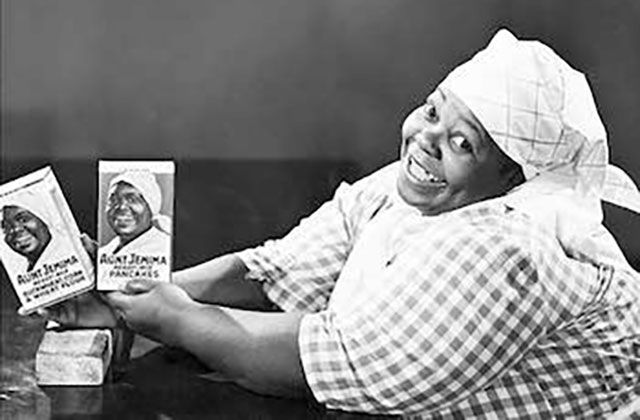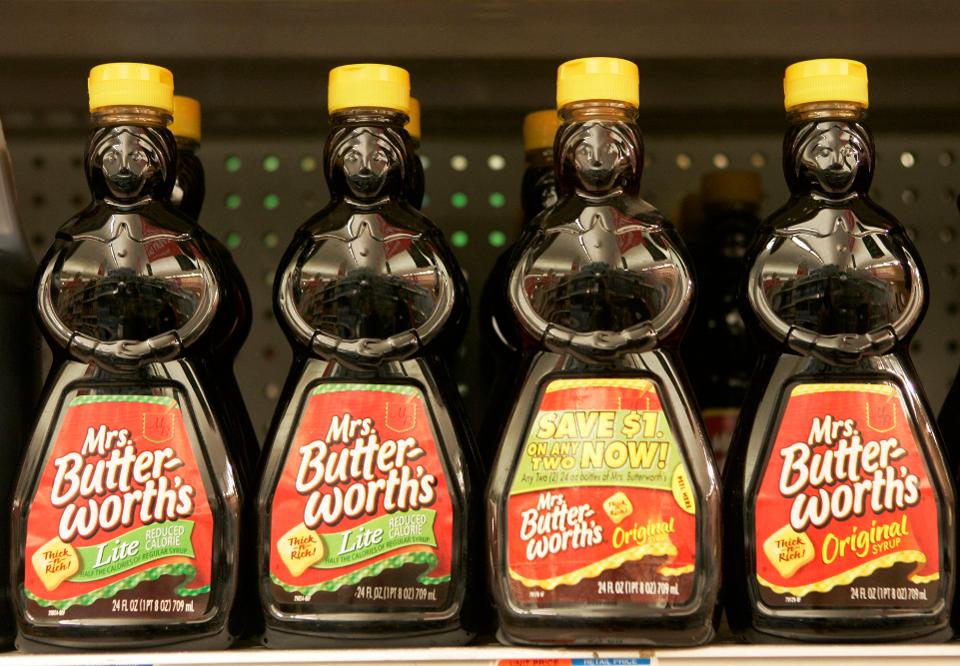
Favorite
Changing Stereotypical Symbols Like Aunt Jemima: What Took So Long?
It is commonly believed that “sex sells” in advertising, but “sexy” is not to be confused with “sexism.” Similarly, it has been the case that “race sells” when it comes to marketing certain food and household products, but “racial inclusion” is not to be confused with “racism.”
As the country confronts the notion of systemic racism amid protests sparked by the death of George Floyd related to police brutality in May, companies have come under renewed criticism for racial stereotypes in their brand images, specifically related to women of color.
Recently, the corporation behind the popular “Aunt Jemima” and “Mrs. Butterworth’s” logos announced that they would no longer use logos or packaging strategies that could be of racist or culturally demeaning origin.
Quaker Oats vice president and chief marketing officer, Kristin Kroepfl said in a press release on Wednesday:
“We recognize Aunt Jemima’s origins are based on a racial stereotype. As we work to make progress toward racial equality through several initiatives, we also must take a hard look at our portfolio of brands and ensure that they reflect our values and met our consumers’ expectations.”
Likewise, American packaged foods company Conagra Brands expressed their intent was to only convey the image of a grandmother and that they, too, stand with the black community.
“The Mrs. Butterworth’s brand, including its syrup packaging, is intended to evoke the images of a loving grandmother,” the company explained. “We stand in solidarity with our Black and Brown communities and we can see that our packaging may be interpreted in a way that is wholly inconsistent with our values.”
Once the news began to spread, many people took to Twitter to express their thoughts on the companies’ decisions.
The company always knew Aunt Jemima was racist
— 5’7″ Black Male (@absurdistwords) June 17, 2020
They didn’t just now realize this
Let that sit a minute
They knew it was racist and decided to keep the brand for decades anyway
Cause openly profiting off of racism had never stopped being acceptable.https://t.co/ZuELYohCEo
I couldn’t figured out why the unsalted #LandOlakes didn’t have the #NativeAmerican American woman but the salted butter did. Then it dawned on me. I’d be salty too if you invaded my land, killed off most of my kind & put us on crappy reservations & treated us like shit. pic.twitter.com/Yb2BnGwWwh
— BLACK LIVES MATTER (@realDAN_VAN) June 19, 2020
Don’t mess with my Mrs. Butterworth! pic.twitter.com/9GNtwGZPzh
— Lacy (@Lacy78167600) June 17, 2020
On April 17, prior to the nation’s civil unrest, the Land O’Lakes company announced that it would remove the decades-old illustration of a Native American woman from its products. The indigenous woman who was previously featured on Land O’Lakes products, Mia, was merely a painting created by illustrator Arthur C. Hanson in the 1900’s—a time period in which there was a “notion that white patriarchy [saved] Native women from oppression.”
In the same sense, Aunt Jemima and Mrs. Butterworth were not real women either—only “Mammy” caricatures used for promotion and sales. Nancy Green, who was born a slave, brought the Aunt Jemima character to life in 1893 when she was hired by the R.T Davis Milling Company to cook and serve pancakes. Thelma “Butterfly” McQueen, who played the maid in “Gone with the Wind,” became the inspiration behind the Mrs. Butterworth’s syrup bottle, which first hit shelves in 1961.
While it is difficult to say whether these companies intended to be racist with the creation of their depictions, it is safe to say that they did use the images of, and stereotypes associated with, women of color to promote, and ultimately sell, their food products.
Though it has not been mentioned quite as often as the racial issue, the issue of companies or food brands profiting from the physical attributes of women still remains prevalent. For years, people have argued that they believe women–especially those of color– are associated with food products because if their previous “maid” statuses, and even simply because society has associated women with domestic work altogether—especially that which takes place in a kitchen.
Because Aunt Jemima’s and Mrs. Butterworth’s caricatures are associated with being “thick”—as many women of color are admired for being—the issue there could be understood, despite companies’ constant pleas for the public to understand that they only place the word “thick” on syrup bottle labels as a way of describing the product.
How do socially-conscious brands promote minority and racial inclusion without also promoting negative stereotypes and systemic bias? One way is to talk to that audience and find out what they think and perceive.
To address the issue of how women are portrayed in advertising today, the United Nations Women have launched the Unstereotype Alliance. The Alliance unites industry leaders, decision-makers and creatives to end harmful gender-based stereotypes.











Pingback: Replacing Racist Statues and Symbols of Old | HERS Magazine